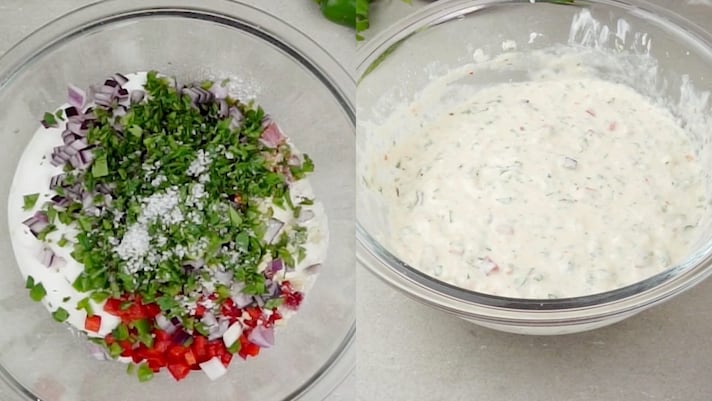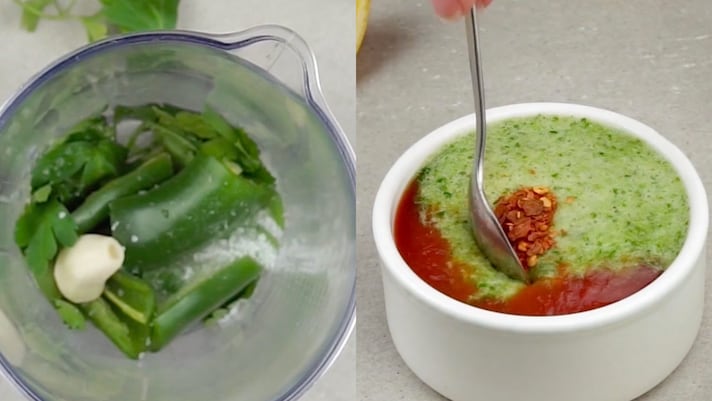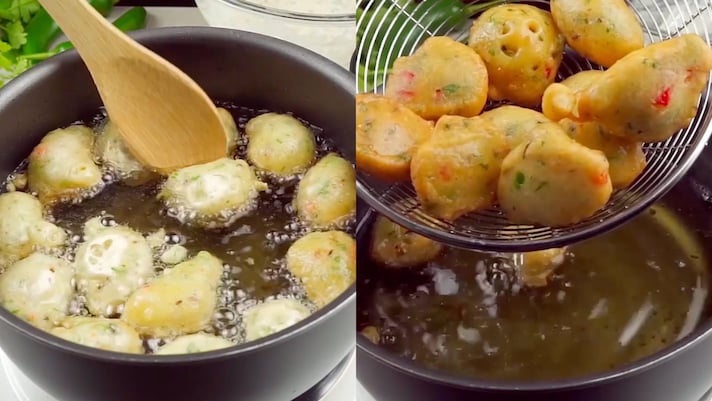
Pakora: The Indian Fritters with a Spicy Twist and Crunchy Attitude

Few street foods capture the spirit of Indian snacking quite like pakora. This dish is loaded with spice and personality and is a staple across homes and roadside stalls from Delhi to Mumbai. Made with a mix of flour, vegetables, herbs, and warming spices, pakora are quick to fry up.
Served hot with a zesty green chutney made from cilantro, garlic, and tomato purée, these pakora are addictive. This snack is best for those rainy afternoons when you are craving something spicy and fragrant or during tea-time rituals,.
The Tale of Pakora: History & Origins
Pakora roots trace back to ancient India, where spiced and battered vegetables were fried during monsoon season. This was not just for sustenance, but as a crunchy companion to long conversations and hot cups of chai.
In northern India, they go by “pakora,” while in the south you might hear “bhajji” or “bajji.” Each region has its own take, from potato and spinach to cauliflower and paneer. What they all share is that iconic golden crust. Also, in British curry houses, they’ve become a fried fixture alongside samosas and onion bhajis.
Pro Tips for the Best Pakora
- The rice flour is a must in this recipe as it adds that crucial lightness and snap to the crust. No one likes a soggy fritter.
- Yogurt is your secret weapon as it adds tang and tenderness to the interior.
- Chop veggies evenly to help them cook at the same rate, so you’re not biting into raw onion while the rest is golden.
- Use fresh spices. Cumin seeds and chili flakes add pop, but only if they’re not older than your last vacation.
What’s the Difference Between Pakora and Bhaji?
Technically, bhajis are a subtype of pakoras, especially common in southern India. But in casual talk, pakora is a catch-all term for any spiced fritter, while bhaji often refers to onion-specific versions. It’s a classic "all bhajis are pakoras, but not all pakoras are bhajis" scenario.
How Spicy Are These Pakoras?
The spice level is moderate, thanks to green chili and chili flakes. But you can always tweak it, remove the chili entirely for a mild version or double up if you enjoy the fire. Spices should excite, not incinerate.
Can I Bake Pakora Instead of Frying?
You can, but expect a texture change. You’ll still get crunch, just not that classic street-fried snap. Air fryers are a great compromise.
Can I Use Other Vegetables in Pakora?
Absolutely! Pakora is your blank canvas. Try shredded carrots, chopped spinach, zucchini, corn, or even small broccoli florets. Just keep the veg pieces small so they cook evenly inside the batter.
How to Store Leftover Pakoras
Just store them in an airtight container in the fridge for up to 2 days. Avoid microwaving unless you enjoy chewiness over crunch.
Ingredients
How to Make Pakora

Start by finely chopping the red onion, bell pepper, green chili, garlic, and cilantro. Combine all-purpose flour, rice flour, yogurt, baking soda, sea salt, chili flakes, cumin seeds, and the chopped vegetables. Pour in water little by little and mix until you get a thick batter and let it rest for 15 minutes.
Start by finely chopping the red onion, bell pepper, green chili, garlic, and cilantro. Combine all-purpose flour, rice flour, yogurt, baking soda, sea salt, chili flakes, cumin seeds, and the chopped vegetables. Pour in water little by little and mix until you get a thick batter and let it rest for 15 minutes.

While the batter rests, toss garlic, green chili, cilantro, vinegar, lemon juice, salt, and water into a blender. Blitz until smooth. Pour it into a bowl with tomato puree and chili flakes and stir well.
While the batter rests, toss garlic, green chili, cilantro, vinegar, lemon juice, salt, and water into a blender. Blitz until smooth. Pour it into a bowl with tomato puree and chili flakes and stir well.

Pour enough vegetable oil into a pan to shallow-fry. Drop spoonfuls of the batter into the hot oil and fry for about 4 minutes, flipping occasionally, until golden and crispy.
Pour enough vegetable oil into a pan to shallow-fry. Drop spoonfuls of the batter into the hot oil and fry for about 4 minutes, flipping occasionally, until golden and crispy.
Serve the pakoras fresh and hot with a side of the chutney.
;Resize,width=767;)

;Resize,width=712;)

